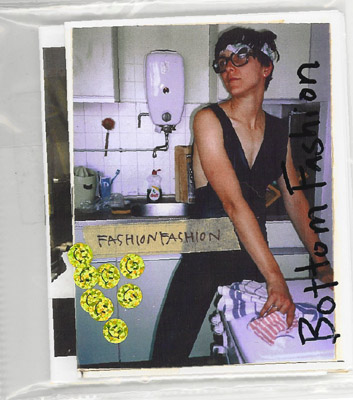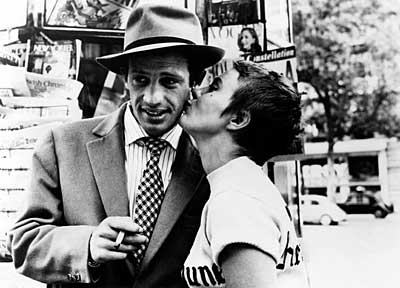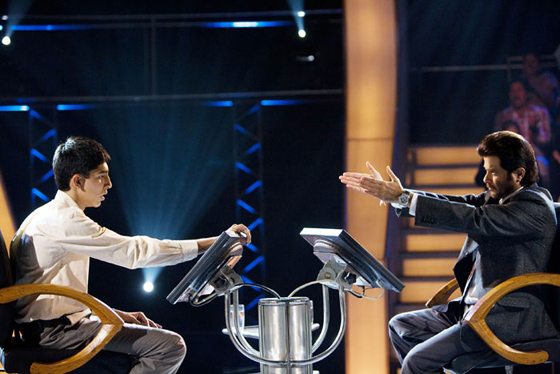In today's case, it wasn't art that peaked my interest, but the lifestyle of an artist. K8 Hardy (it took me an embarrassingly long 5 minutes to realized it was pronounced "kate") is a writer, installation-maker, artist-filmmaker, and what I guess you'd call a "zinester" who used to be a punk involved in the Riot Grrrl movement in the early 90s. I guess it isn't much of a surprise that she went to Smith College and majored in Women's Studies.

(As if it wasn't enough that most of my favorite people at Columbia are bisexual in some way! Then again, according to Alfred Kinsey, that's only natural, and the vast majority of us are at least slightly bi-curious. Then again, isn't there something undeniably fashionable about lesbians? And is it not horribly cliche that I'm listening to Le Tigre right now?)
Take this excerpt from an interview with K8 Hardy I found on some zine/blog while doing my research today:
I am aware that you studied film and art at college. Before you took an academic interest in experimental art, how did you get started and become interested in art?
I actually have a degree in Women's Studies, with a specialty in feminist and queer theory. I became interested in art once I was really exposed to contemporary art at Smith. I had no idea it existed while growing up in Texas, but I was involved in the Riot Grrrl Movement and made tons of zines. Retrospectively, I can see this as the start of my art practice, but it took me awhile to realize that I was an artist. It actually shocked me! Once I started making experimental video, I got rid of my guitars, realized I was probably tone deaf, and that this was more productive. The artist Elisabeth Subrin was one of my professors and totally cracked my world open to feminist work. It's also my experience making zines and being a punk, being involved in DIY communities that made me an artist. I then took it upon myself to pursue these studies outside my degree. For example, I got a grant when I was 19 to work for Miranda July and the Northwest Film Center in Portland, Oregon. I also worked at Artists' Television Access in San Francisco.
I could analyze this to no end (what does it mean to be a punk? how does one be an artist? how does one all the sudden "realize" that one is an artist, as if it was a state of mind?) Personally I tend to find arguments and situations like Hardy's a little hard to believe. You can't deny the inevitable aesthetic qualities in art. I don't even really like Hardy's performance art, but I find it fascinating-- if only because it is so ridiculously stereotypical. Hardy exemplifies every lesbian cliche.
Regardless, I am now more inspired than ever to start a zine. My friends Kirsten and Katie and I are hoping to start a travel ("mariner")-themed zine, hopefully by the time summer rolls around. There's hope yet!
Other major discovery of the day: artist rankings, in which all artists, living and dead, are rated based on factors such as internationality, cities (locale of exhibits), institutions, and exhibitions. Very bizarre, and somehow feels ethically... wrong. Especially when a Miro or Ernst is rated above a Dali! And somehow Warhol is #1 instead of Picasso (#2)? And Koons is in the 60s, and Murakami is something like 106?














